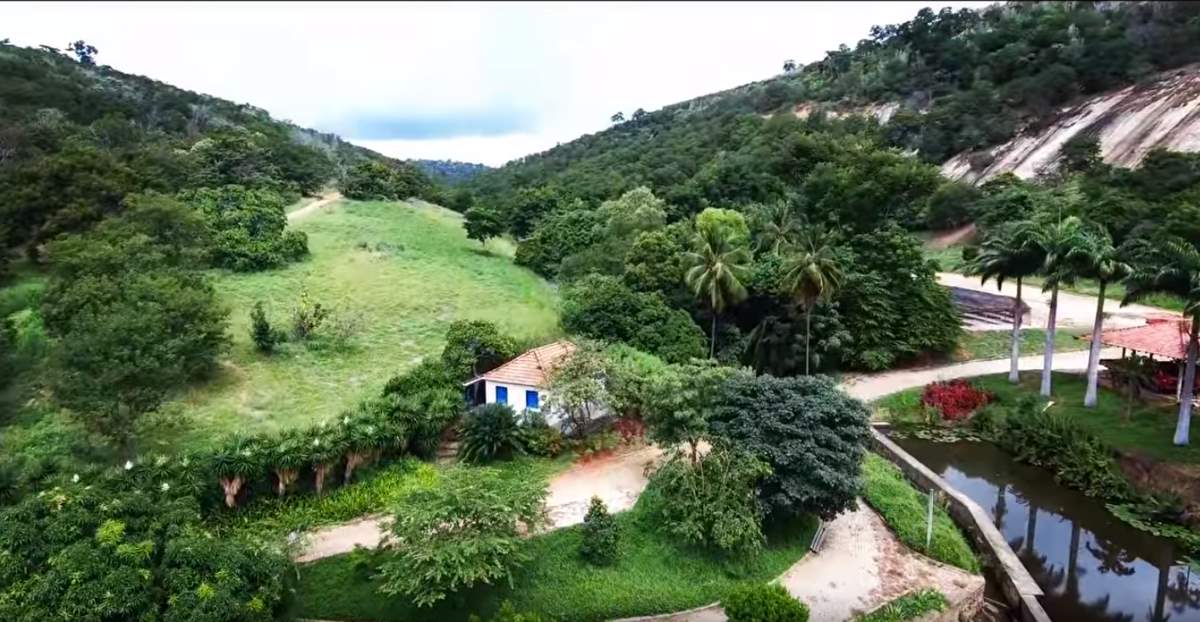According to a new study published in Science, a massive forest restoration at a global scale could help capture atmospheric carbon and mitigate global warming.
If we start a global forest restoration with planting right species of trees in the right soil types today, in the next 40 to 100 years, this effort could create an additional 0.9 billion hectares of continuous forest, scientists suggest. “This would represent a greater than 25% increase in the forested area, including more than 500 billion trees and more than 200 gigatonnes of additional carbon at maturity.”
This additional forest of 0.9 billion hectares would translate to roughly 500 billion-1.5 trillion trees, adding to the 3 trillion trees already on Earth. When matured, these new trees could capture about 200 gigatonnes of carbon.

Forest restoration and climate change
Today, forests cover 31 percent of the world’s land surface, just over 4 billion hectares (One hectare = 2.47 acres). This is down from the pre-industrial area of 5.9 billion hectares.
Furthermore, according to the World Wide Fund for Nature (WWF), “every forest in the world today is affected by human activity at some level, either directly by destruction or the introduction of invasive species.”
Environmental issues must be a top priority concern, especially climate change, as “it can place the entire humankind on its knees in one full sweep“.
According to data from the U.N. Food and Agriculture Organization, deforestation was at its highest rate in the 1990s, when each year the world lost on average 16 million hectares of forest-roughly the size of the state of Michigan.
At the same time, forest area expanded in some places, either through planting or natural processes, bringing the global net loss of forest to 8.3 million hectares per year.
In the first decade of this century, the rate of deforestation was slightly lower, but still, a disturbingly high 13 million hectares were destroyed annually. As forest expansion remained stable, the global net forest loss between 2000 and 2010 was 5.2 million hectares per year. (Source)
According to the study, storing 200 gigatonnes of carbon by planting at least 1 trillion trees has the potential to cut the atmospheric carbon pool by about 25%. This number accounts for about two-thirds of all the carbon dioxide (CO2) humans have generated since the industrial revolution.
In short, as Steven Pinker has pointed out, “To prevent possibly catastrophic climate change we can’t just bring C02 emissions to zero – we have to go negative, sucking the CO2 that’s already there. The best tech is a billion years old: trees. Massive Reforestation could Slow Global Warming.”
Core elements of forest restoration
The World Wide Fund for Nature (WWF) lists the core elements of forest restoration like:
- Planting trees: Probably the most important part of forest restoration is planting trees. According to WWF, funding for planting trees so often runs dry. Many reforestation programs need to plant seedlings and grow their own native trees. It is also super important to plant the right species of trees in the right soil types.
- Improving soils: Globally, we’re losing quality soils at an astronomical rate. Soils need microbes and small bugs such as centipedes, beetles, and worms to thrive. Adding organic matter to the soil can radically change a forest and support the restored forest’s health. If soils have become polluted, remediation will need to take place, which could include removing not only the polluted earth but much of the surrounding topsoil.
- Protecting wildlife corridors: Looking at how plants and animals move and reproduce across landscapes is key to forest restoration. A corridor with a width of a few meters can allow animals to travel among forest fragments, significantly improving their chances of surviving, reproducing, and flourishing. Otherwise, the loss of animals compromises the ability of forests to reproduce. (Read more: Wildlife crossings make animals and people safer)
- Managing land sustainably: Successful forest restoration must address the needs of farmers who care for small plots of land and whose access to resources profoundly affects forests. Working with governments to promote practices like agroforestry (a farming technique that incorporates the cultivation and conservation of trees among crops or pastureland for more productive and sustainable land use) provides huge benefits to forest restoration efforts.
These core elements of forest restoration listed above can be combined in various ways.
Sources
- “Massive Forest Restoration Could Greatly Slow Global Warming” on the Scientific American website
- Study: The global tree restoration potential (Science)
- Forest Cover on the Earth Policy Institute website
- What is forest restoration and how do we do it well? on the World Wide Fund for Nature official website
- Budget of NASA, Year by Year [1980-1989] - June 10, 2024
- Budget of NASA, Year by Year [1970-1979] - June 10, 2024
- Budget of NASA, Year by Year [1958-2024] - June 10, 2024

